What is the tolerance range of precision screws?
What is the tolerance range of precision screws?
Service Hotline
+86760-8787 8587We have more than ten years of production experience in the screw industry. The main products are: semi-solid rivets, round head Phillips pan head screws, national standard T-nuts, ISO8752 pins, motherboard isolation chassis copper column nuts, stainless steel 304 enlarged flat washers, with teeth non-slip, Slotted round nut and nut, Yueluo high-strength wing nut, pin pin positioning pin, built-in expansion bolt, lead screw through screw butt nut, non-fastener nut, hand-tightened copper nut, hexagonal thick screw, etc. Fasteners, due to the different materials and specifications of the products, the prices are also different, if you need it, please contact us.


The electroplating of cross recessed screws generally refers to the electroplating of iron cross recessed screws. Stainless steel cross recessed screws are rarely electroplated. The electroplating colors of cross recessed screws are divided into environmental protection and non-environmental protection. Environmental protection blue zinc, environmental protection color zinc, environmental protection black zinc, environmental protection white nickel, etc., non-environmental protection includes white nickel, white zinc, color zinc, black zinc, black nickel, black cladding, blue zinc.
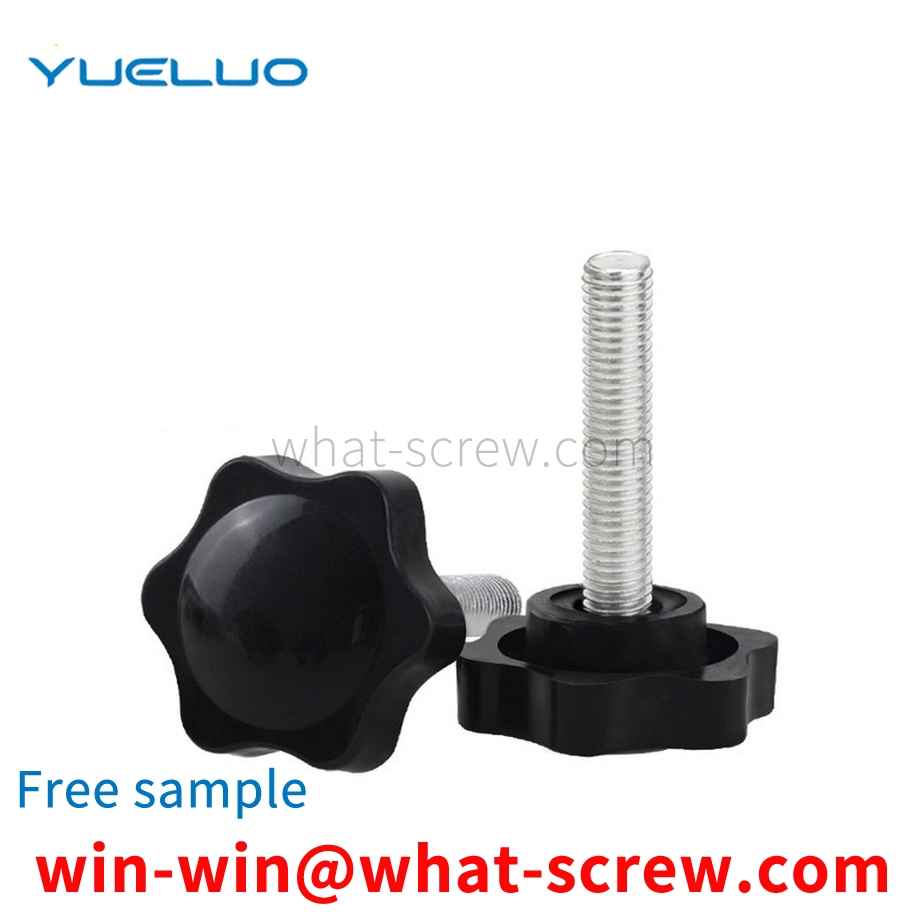
Today's advanced manufacturing represented by large aircraft, large power generation equipment, automobiles, high-speed trains, large ships, and large complete sets of equipment has entered an important development direction. As a result, fasteners will enter an important stage of development. High-strength bolts are used for the connection of important machinery, and repeated disassembly or various installation torque methods require extremely high-strength bolts. Therefore, the quality of its surface condition and thread accuracy will directly affect the service life and safety of the host. In order to improve the friction coefficient and avoid corrosion, seizure or sticking during use, the technical requirements stipulate that the surface should be treated with nickel phosphorus plating. The thickness of the coating is guaranteed to be within the range of 0.02 to 0.03 mm, and the coating is uniform, dense, and free of pinholes.
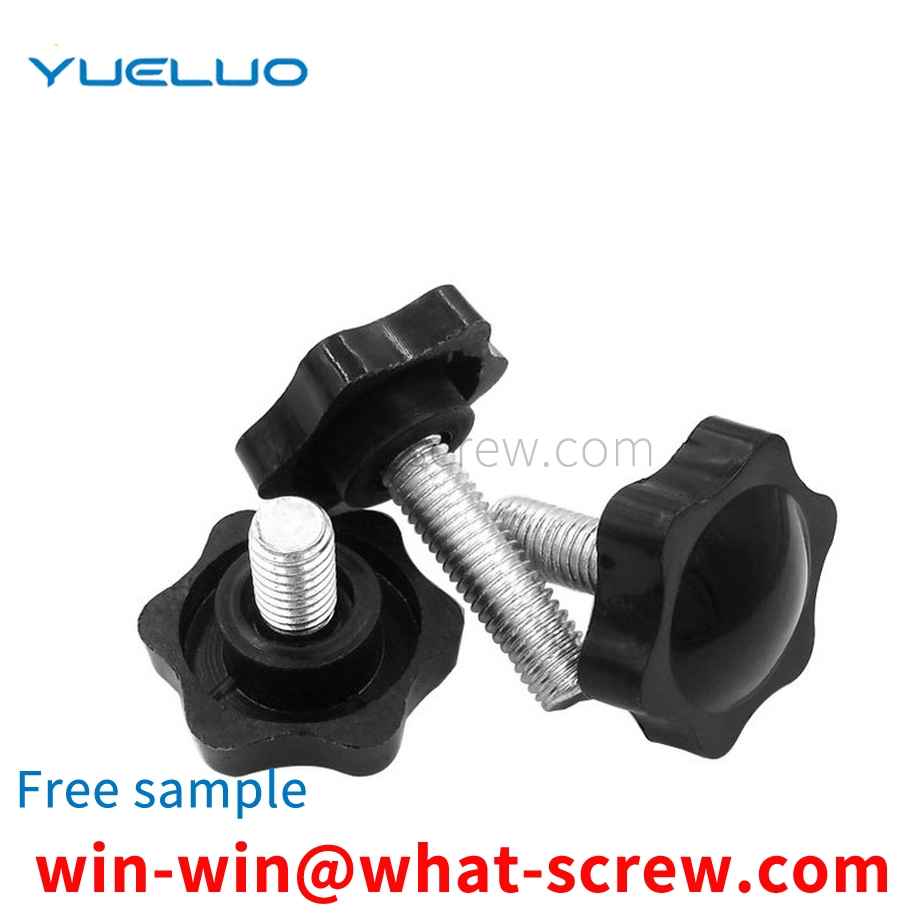
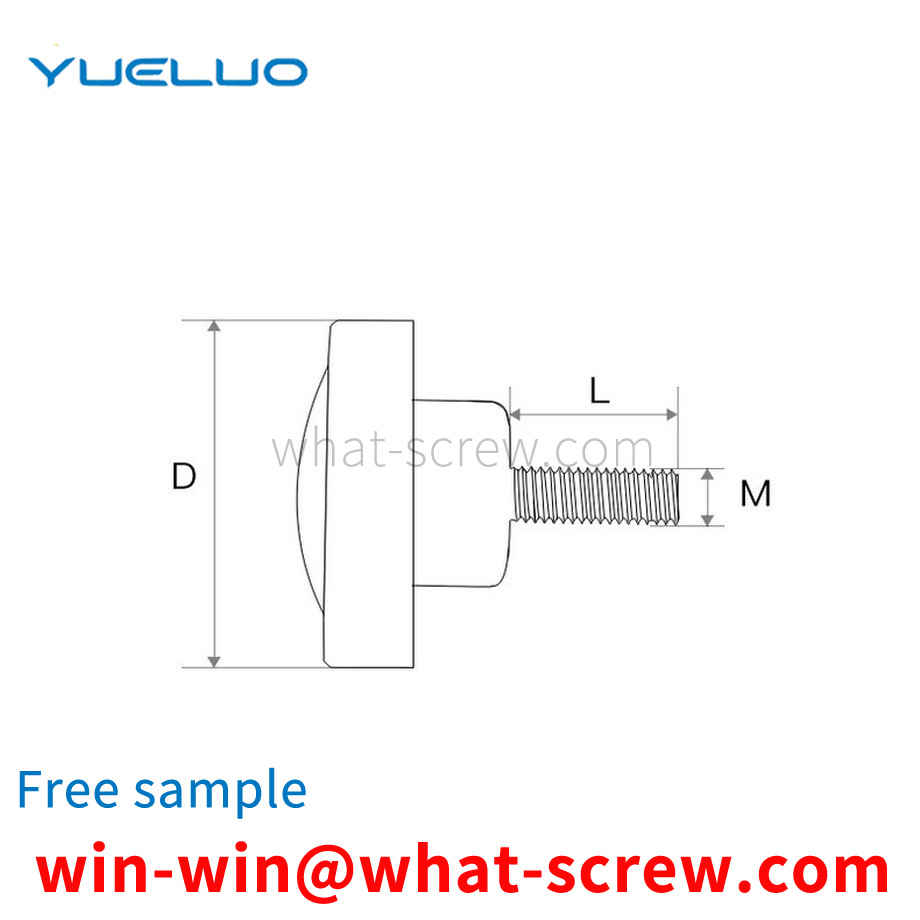
The inner tooth elastic washer and the outer tooth elastic washer have many sharp elastic warping teeth on the circumference, which are pressed against the supporting surface and can prevent the loosening of the fastener. The inner tooth elastic washer is used under the screw head with smaller head size; the outer tooth elastic washer is mostly used under the bolt head and the nut. The elastic washer with teeth is smaller than the ordinary spring washer, and the fastener is evenly stressed and reliable to prevent loosening, but it is not suitable for frequent disassembly. Wave spring washer GB: GB/T 7246-1987 Wave washer is divided into WG type, WL type, WN type WG type wave washer WG type wave washer is an open elastic washer, which can usually be installed in a small space, such as giving The bearing is prestressed to reduce the noise of the bearing operation and improve the running accuracy and stability of the bearing. In addition, there are a large number of applied materials in electronic appliances, such as carbon steel, stainless steel, copper alloy and so on. WL-type wave washer WL-type wave washer is a lap-type elastic washer, which can usually be installed in a small space, such as prestressing the bearing, reducing the noise of the bearing operation, and improving the running accuracy and stability of the bearing. There are also a large number of applications in electronic appliances. Materials are carbon steel, stainless steel, copper alloy, etc. WN type wave washer WN type wave washer is a multi-layer wave crest overlapping elastic washer. Compared with the WL type, this series is composed of multi-layer materials, so the K value curve under the same compression stroke is flatter than that of the WL type, which is suitable for elastic force. Larger, and the elastic release of the entire working stroke is required to be more uniform. The materials used are carbon steel, stainless steel, copper alloy, etc. Disc spring washer Disc spring washer, also known as Belleville spring washer, was invented by the French Belleville. DIN6796 Disc Spring Washers (HDS Series) are lock washers designed for bolted and screwed connections. It is designed and manufactured according to DIN 6796 for the connection of medium or high strength bolts and screws. High bearing loads and elastic recovery make the HDS series very effective, and the bolt tension can withstand slack due to: wear of consumables, creep, relaxation, thermal expansion, contraction, or compression of seals. The HDS series increases the elasticity of the screw several times. It can effectively replace the ordinary spring washer, but it is not suitable for the combination of lock washer and flat washer. Since the HDS series is a disc spring that can be folded or overlapped. The combination of the butt joint can increase the deformation of the disc spring group, and the combination of the overlapping method can increase the spring force of the disc spring group. The ideal installation method is to flatten as much as possible. The closer it is to the flattened state, the faster the tension torque increases, and the proper bolt tension can be obtained without a torque wrench.
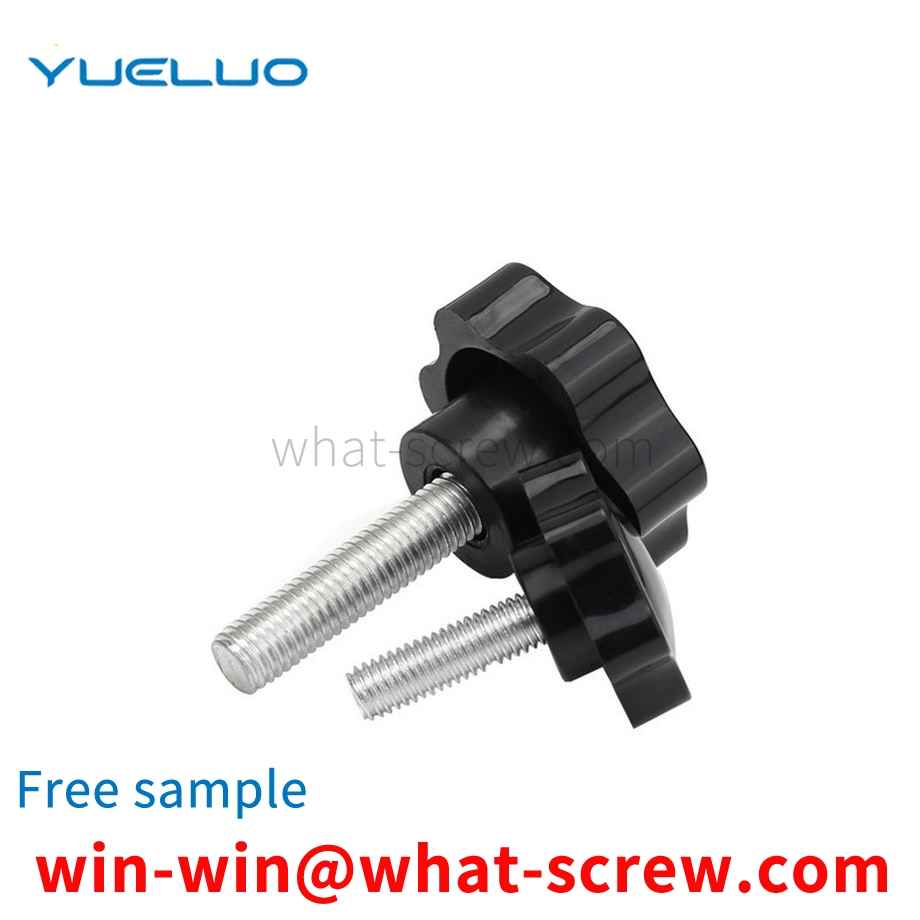
Heat treatment technology has a crucial impact on high-strength fasteners, especially its intrinsic quality. Therefore, in order to produce high-quality high-strength fasteners, advanced heat treatment technology and equipment must be available. 1. Status of heat treatment of high-strength fasteners High-strength fasteners have 4 performance levels, namely 8.8, 9.8, 10.9, and 12.9. These four grades of high-strength fasteners must be quenched and tempered. The purpose of heat treatment and tempering is to improve the comprehensive mechanical properties of fasteners to meet the specified tensile strength value and yield ratio of the product. Therefore, the quenching and tempering process has strict requirements on raw materials, furnace temperature control, furnace atmosphere control, quenching medium, heat treatment quality inspection and control, etc.
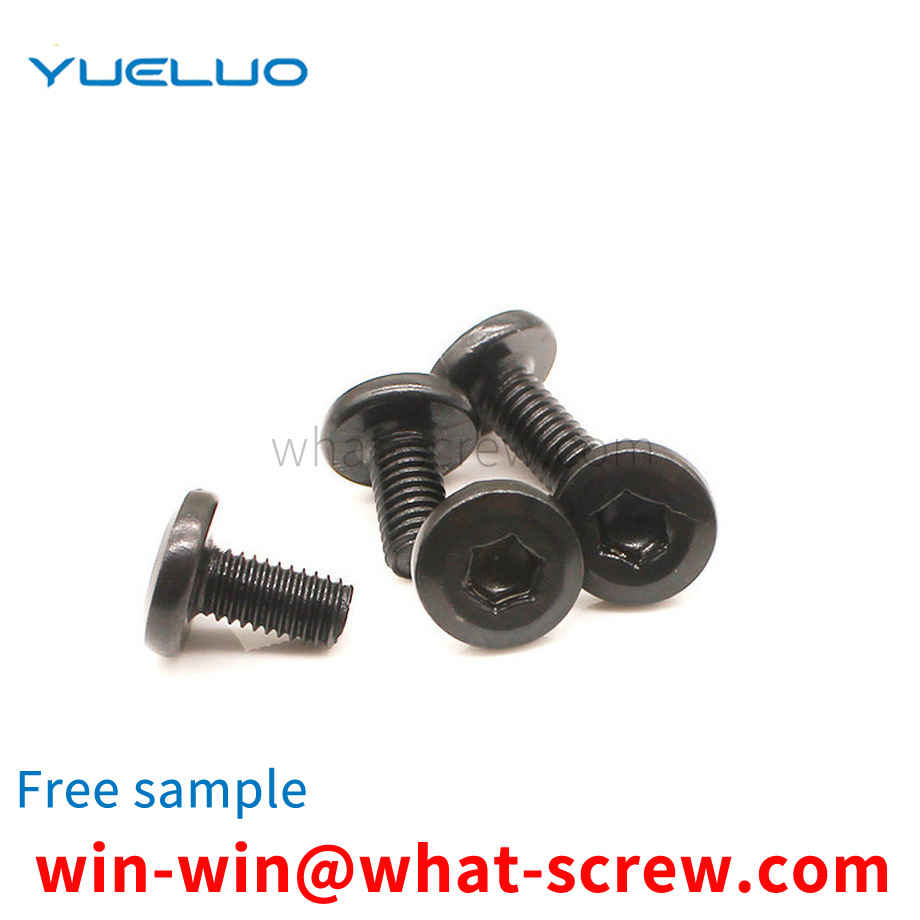
The above content is uploaded by Yueluo or the Internet. If there is any copyright issue, please contact [email protected].

What is the tolerance range of precision screws?

How to choose the right stainless steel screw manufacturer?

Why is there an R angle under the head of the hexagon head s...

We have more than ten years of production experience in the ...

We have more than ten years of production experience in the ...

We have more than ten years of experience in screw industry ...

We have more than ten years of experience in screw industry ...